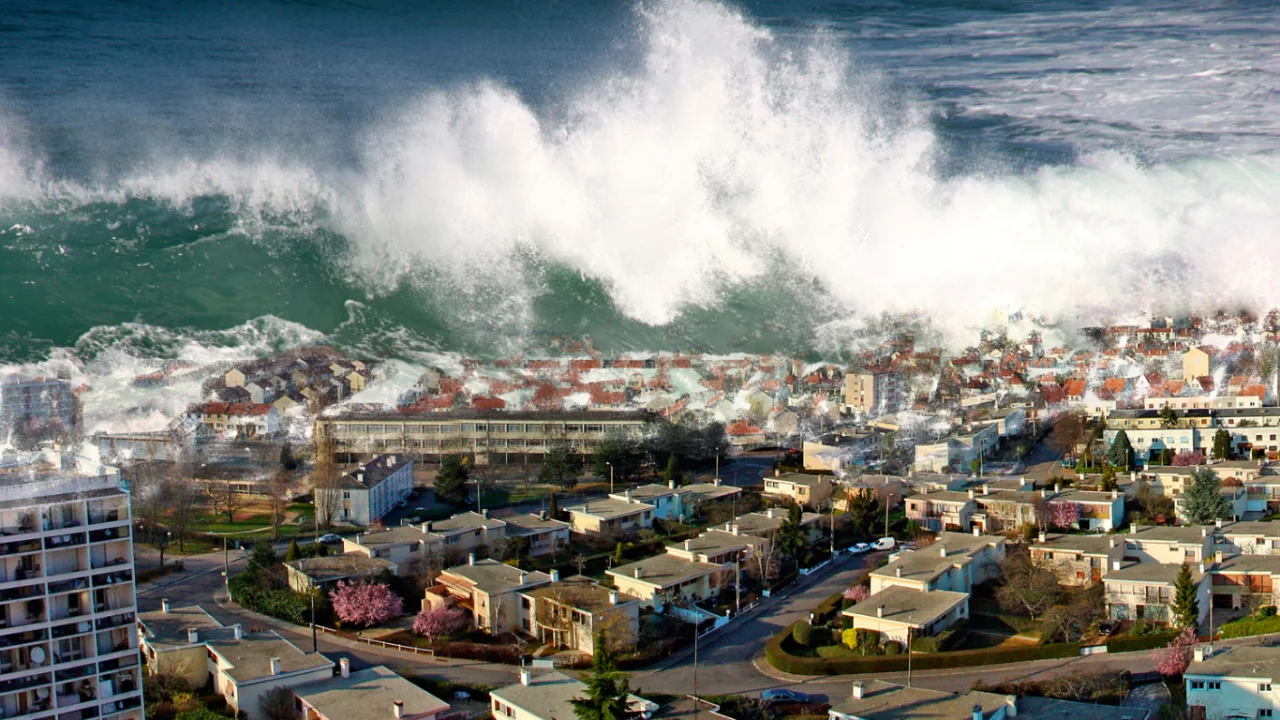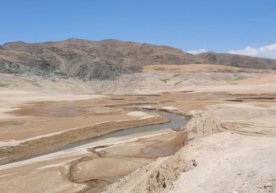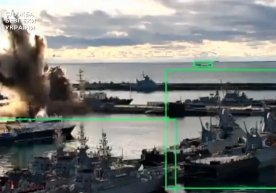
On July 28, an 8.8-magnitude earthquake struck Russia’s Kamchatka Peninsula — one of the strongest in recent years. Millions of people across the Pacific region were evacuated. However, the expected devastating tsunami did not occur.
What caused the powerful quake?
The Kamchatka Peninsula lies on the “Pacific Ring of Fire,” an area known for frequent earthquakes and volcanoes. The collision of tectonic plates builds pressure, leading to massive “megathrust” earthquakes.
Such quakes cover wide areas and release immense energy within minutes. A similar event struck Kamchatka back in 1952.
Why was the tsunami weak?
Despite the quake’s strength, tsunami waves reached about 4 meters on Kamchatka’s shores — far smaller than the tsunamis in the Indian Ocean in 2004 or Japan in 2011.
Experts cite several reasons:
The quake’s depth (around 21 km) limited vertical water displacement.
The seabed and coastline shape reduced wave height.
Sparse coastal population lowered casualties.
Modern warning systems enabled swift evacuations.
Evacuation and early warnings in Japan
Over 1.9 million people were evacuated in Japan. Unlike the 2004 tragedy, modern warning centers enabled timely action. In 2004, such systems were lacking, leading to over 230,000 deaths.
Users of Меҳмон are not allowed to comment this publication.













